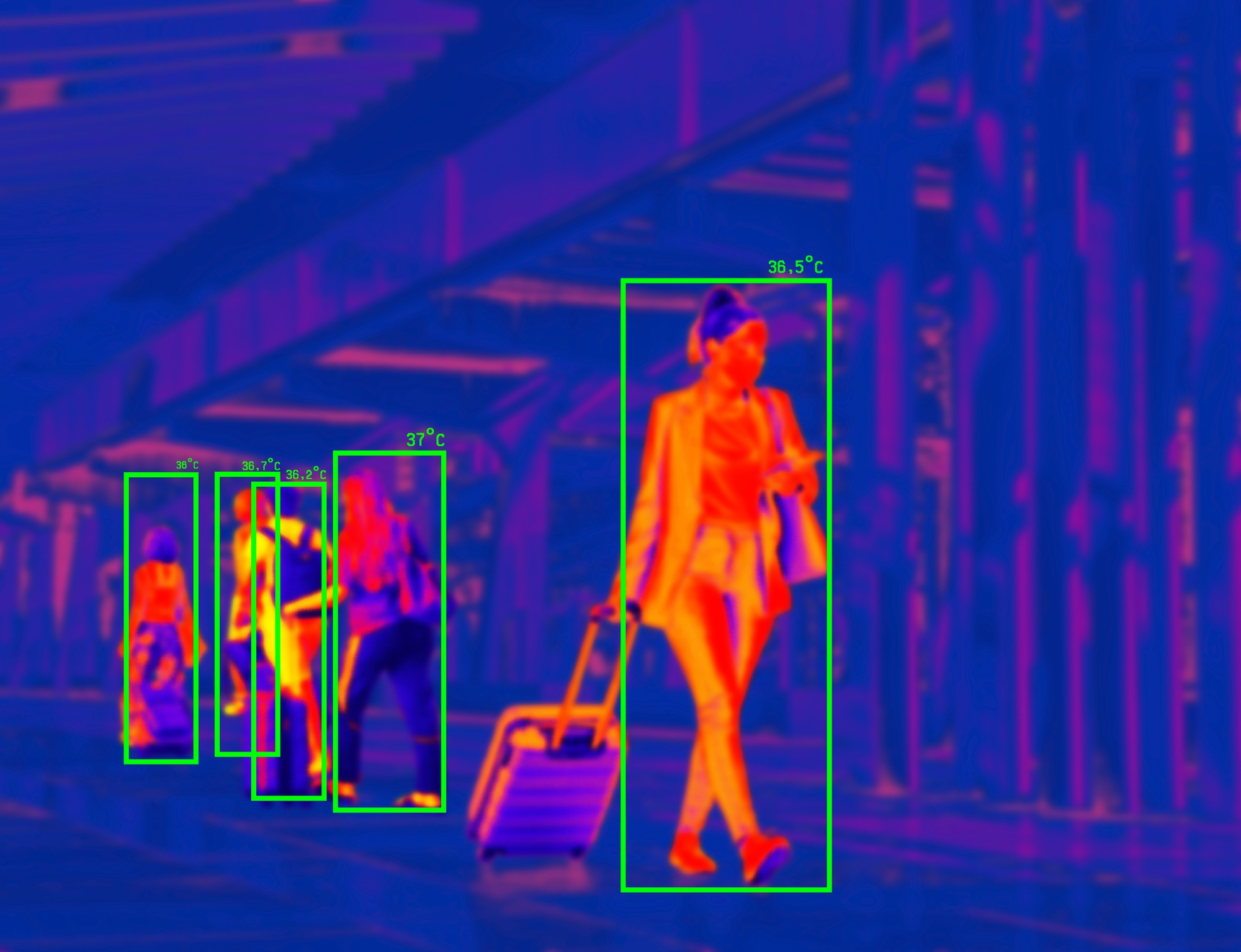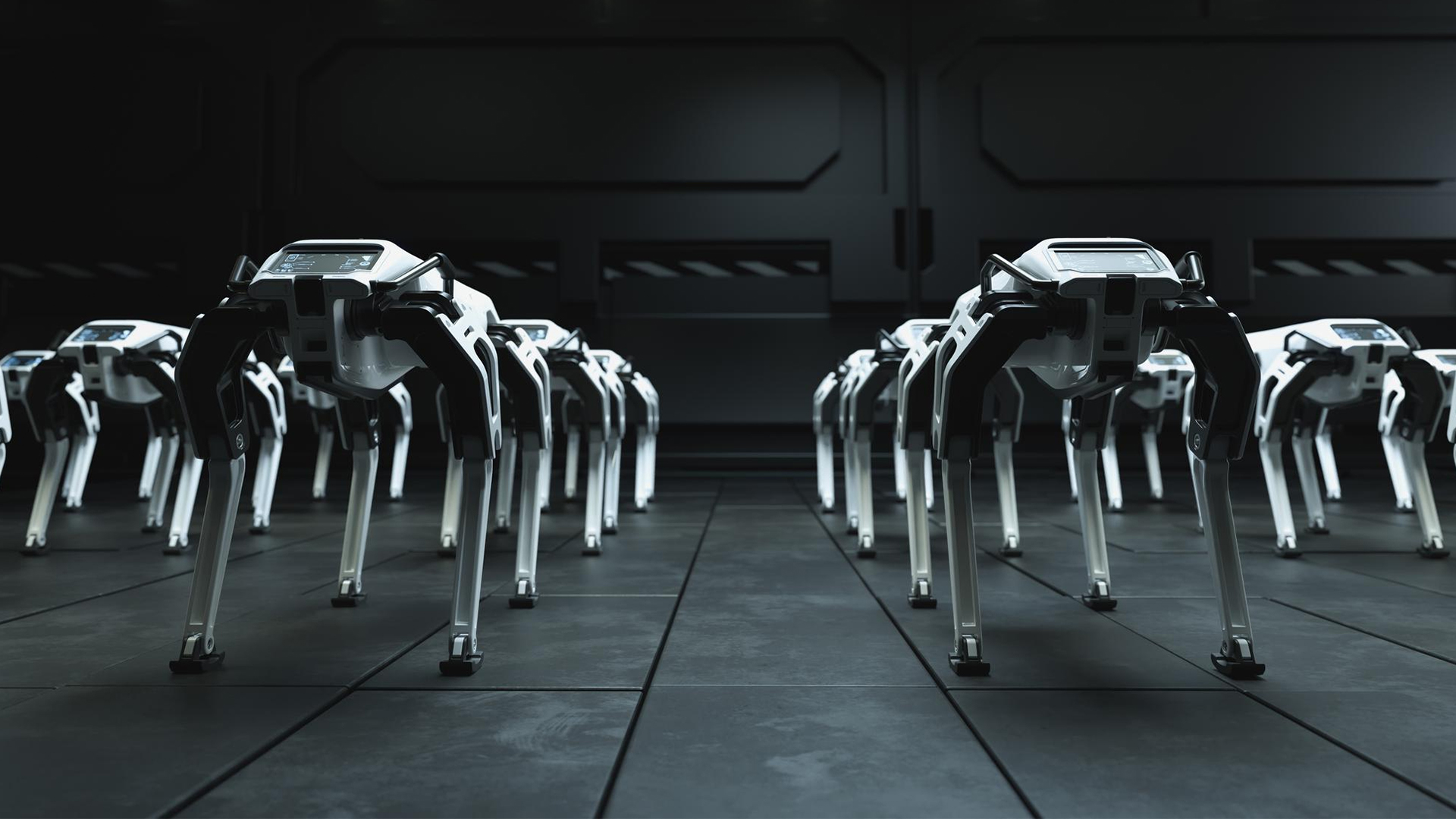Security is a fundamental need for both homes and businesses. For centuries, this has primarily been a human endeavor, relying on guards and patrols. However, a new era is dawning. With advancements in artificial intelligence (AI) and robotics, machines are revolutionizing how we protect our property and loved ones. These intelligent systems are not just for sci-fi movies; they are becoming an integral part of modern security, offering capabilities that go beyond human limitations.
Why Robots Are the Future of Security
The primary reason robots are the future of security is their ability to perform tasks with unmatched consistency and precision. Unlike human guards who can get tired, bored, or distracted, robots can operate continuously, providing 24/7 monitoring without any lapses in attention. They are the perfect solution for tasks that are repetitive, mundane, or even dangerous.
Robots use a sophisticated combination of different types of technology to perform their duties. They are equipped with an array of sensors, including high-resolution cameras, thermal imaging, and LiDAR (Light Detection and Ranging), allowing them to "see" and map their environment with incredible detail. This data is then processed by powerful AI-driven analytics, which can differentiate between normal activity and suspicious behavior, significantly reducing false alarms.
For businesses, this means they can provide continuous surveillance of large areas like warehouses, corporate campuses, and parking lots without the limitations of human patrols. In a home setting, a security robot could be used to monitor a property while the owners are away, providing a constant watchful eye.

The Unmatched Advantages of Robotic Security
- Enhanced Precision and Accuracy: Security robots are far more precise than traditional methods. Their AI-driven analytics can detect anomalies that a human might miss, such as a subtle change in a person's behavior or an unauthorized vehicle entering a restricted zone. Some robots can even identify environmental hazards like gas leaks or overheating equipment, layering safety into their security functions. This enhanced precision allows for a more proactive approach to security, addressing potential threats before they escalate.
- Cost-Effectiveness and Resource Optimization: Implementing a robotic security system can be a cost-effective solution in the long run. While the initial investment may seem high, it can lead to significant savings by reducing labor costs, as a single robot can perform the work of multiple human guards in a defined area. This allows businesses to optimize their budget while strengthening their security.
- The Hybrid Model: A Perfect Partnership: A common misconception is that robots will replace human security guards. Instead, the most effective approach is a hybrid model that combines the strengths of both. Robots are excellent at handling the repetitive, routine tasks—the continuous patrols, monitoring entry points, and surveying large areas. This frees up human guards to focus on what they do best: critical decision- making, complex problem-solving, and interacting with people. They can respond to the alerts generated by the robots, ensuring a swift and intelligent response to any real threat.
- Real-Time Data and Situational Awareness: Robots are a conduit for real-time information. They can provide live video feeds, analyze data from multiple sensors simultaneously, and instantly alert security teams to a potential issue. This enhanced situational awareness allows for a more organized and safer response. A security robot could, for example, detect an intrusion and send live footage to human security personnel, who can then assess the situation from a safe distance before deciding how to proceed.
Challenges and the Future
Despite their many benefits, the integration of robots into security is not without challenges. One of the most significant concerns is cybersecurity. As these systems become more interconnected and reliant on AI, they become potential targets for hackers. Ensuring robust security protocols is crucial to prevent manipulation or exploitation. Another factor is public perception. Some people may feel uneasy about the presence of autonomous machines, viewing them with suspicion or even hostility. Overcoming this requires education and a clear demonstration of how robots enhance safety rather than diminish human connection.
Ultimately, robots are a powerful tool for a safer future. Whether it is a small-scale unit for home protection or a fleet of autonomous sentinels for a large industrial complex, they offer a new layer of protection that is tireless, precise, and proactive. The future of security is not about humans versus robots, but rather about a seamless synergy that leverages the best of both worlds to create a more secure environment for everyone.

